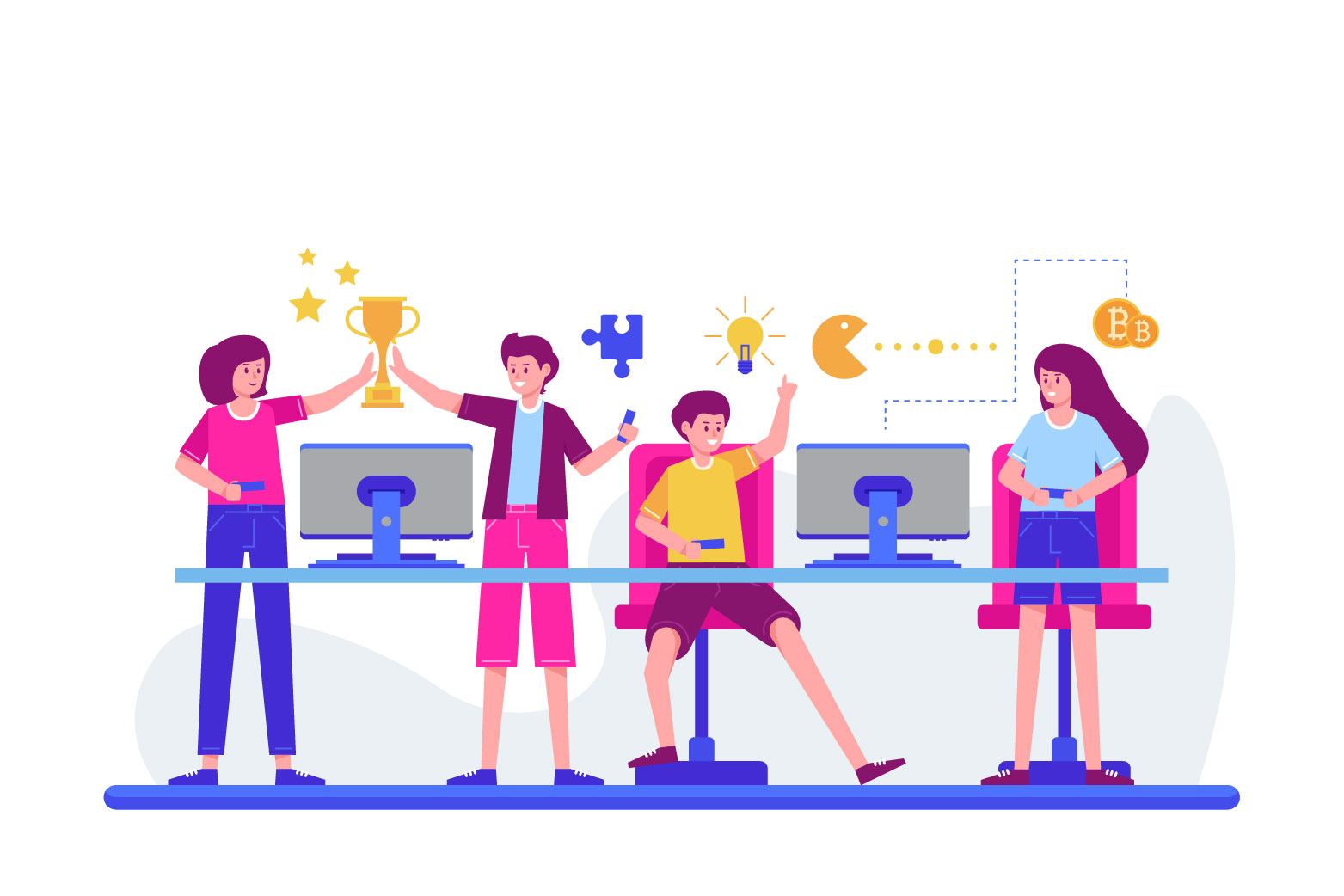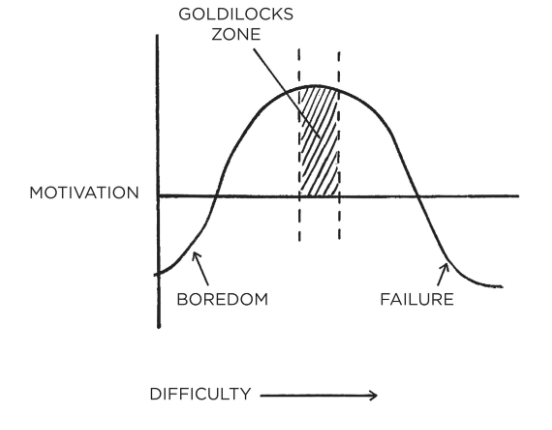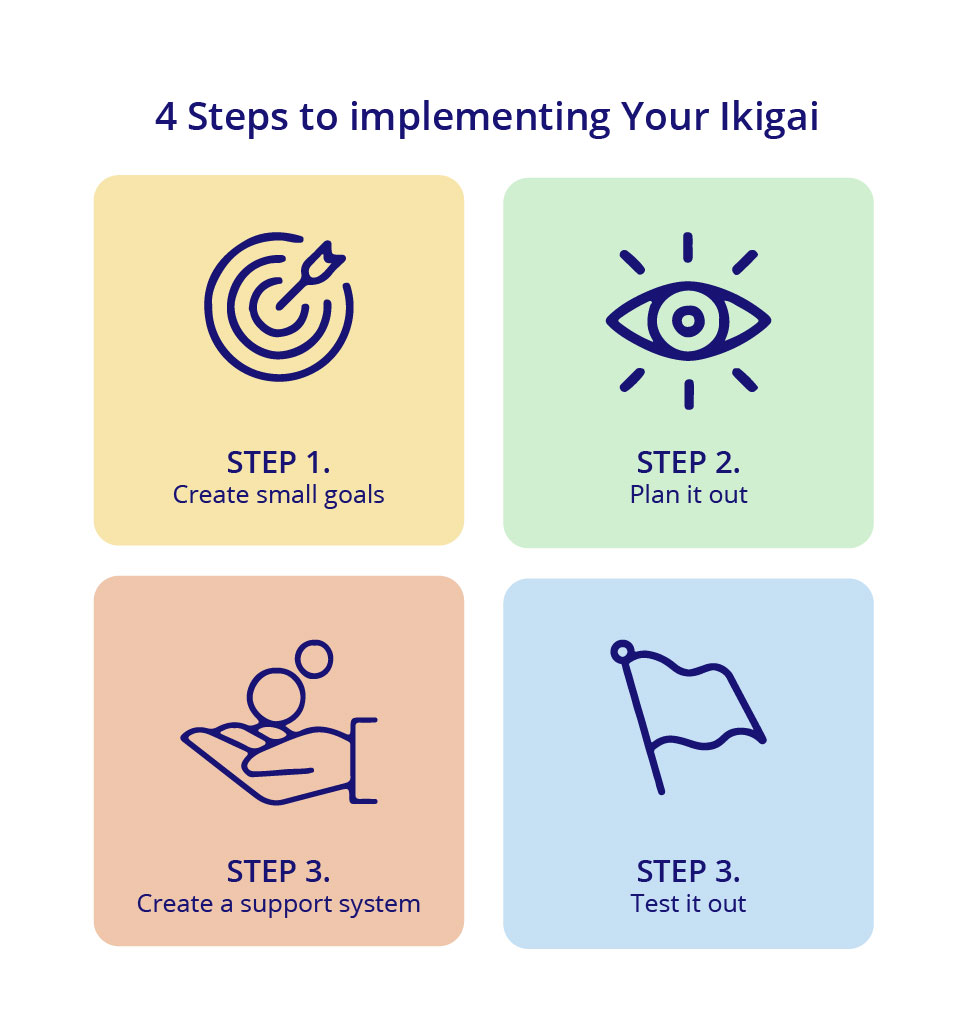
Gallup’s global workplace research shows “85% of employees are not engaged or actively disengaged at work.” This means that only 15% of employees are actively engaged. The challenge of engaging employees is a distressing situation for many employers. For decades, employees have experienced isolation, favouritism, lack of connection, transparency, and fuzzy goals that kill the motivation of employees and the overall company culture.
However, incorporating gamification in the workplace has shown a positive psychological impact that motivates employees to achieve their potential. According to a survey, 90% of employees think gamification makes them more productive, and, on average, employees experience a 60% engagement hike with a gamified work experience. The process of layering game elements on top of work is called workplace gamification. Let us tell you, gamification is nothing but 75% psychology and 25% technology, according to Gabe Zichermann, co-author of Gamification by Design. It plays on the psychology that drives human engagement and improves outcomes.
The Psychology behind gamification
Gamification must be done “right” — in a way that motivates and energises users. It is a proven strategy to improve engagement among users. How? What’s the psychology behind it?
The basic nature of human beings is the desire to attain fame, receive rewards, discover new things, and consciously compete against others. Competitions have always been an essential part of human beings. The drive to excel and achieve something significant has always motivated individuals to perform to their best abilities. Similarly, gamification uses powerful psychological techniques to encourage users and direct their energies. It uses a deep understanding of the human mind to drive user behaviours subtly.
We have umpteen examples around us that demonstrate the impact of games and competitions in the workplace. When it comes to gamification, there are several commonly used gamification mechanisms, such as –
-
- Badges
- Leaderboards
- Progress bars
- Points
But gamification today has moved beyond adding game-like elements to work. It is recognised more as a concept based on behavioural and motivational psychology. It is about how one could have meaningful work lives or what explicitly motivates a person to work.
In this article, let’s take a closer look at three aspects of the psychology behind gamification –
Bartle’s Taxonomy: Types of Players
When using gamification in the corporate world, it’s a good idea to understand how your players like to approach games. Richard Bartle, writer and professor at the University of Essex, conducted a study on game development and design, as well as the personality of MMO game players (Massive Multiplayer Online or Multiplayer Massivos Online, in literal translation).
Based on game preference, he classified players into 4 types –
-
- Explorers – They like to see new things and discover new secrets. They are not as concerned with points or trophies. For them, the discovery is the trophy. Explorers are curious and always want to understand why and how to meet a proposed challenge.
-
- Achievers - They want to win and take first place. They focus on points and status. A single-point victory will not satisfy them; he’s the kind of person who wants to show their friends how they are progressing.
-
- Killers – These players live for the competitive elements of the game. Killers are called Clubs because they like to “lead the competition” and want to see others lose. They are very competitive, and victory motivates them. They want to be the best at the game – and it should come as no surprise that the only true way is to beat others. For them, the goal is to be the winner.
-
- Socializers – Most gamers are socializers. These individuals are drawn to a game’s social aspects rather than the strategy itself. They are the “Hearts” of the gaming world because they have more fun interacting with other players. Socializers are happy to collaborate to achieve bigger and better things than they could on their own. (Note: This is the last place you will encounter fierce competition. But that doesn’t mean that socializers are passive milkers who lack ambition. )

Analysing Bartle’s taxonomy, we can conclude that each type of player will respond enthusiastically to a different set of gamification mechanisms. Careful player research helps you understand what kinds of players dominate the environment. Thus, it is essential to do research and not just follow stereotypes. So, here is a study that shows –
-
- Socializers ~ 80%
- Explorers ~ 50%
- Achiever ~ 40%
- Killers ~ 20%
Understand what motivates them, and you can incorporate features into your creations that genuinely match their inherent nature as gamers.
The Goldilocks Rule: Secret to constant motivation
Constant motivation is fundamental for any action you want to carry out, but it is ephemeral; it comes and goes. So, how to stick to your dreams and keep yourself constantly motivated?? James Clear, a well-known entrepreneur, offers a simple and scientific answer to this question. All you have to do is just follow one simple rule – the Goldilocks Rule.

The human brain loves challenges, but only if it is within an optimal zone of difficulty. The Goldilocks principle states that humans experience maximum levels of motivation while working on tasks that are at the limit of their current capabilities. It should have a perfect balance – not too hard, not too easy.
People may not feel challenged when things are too easy and may stop doing that task. On the other hand, when things get too hard, people can feel frustrated and give up before achieving the goal. This precisely sums up the work should be designed in a way where users can feel a continuous sense of learning, progression, and growth. Finding this sweet spot of trouble will not only keep people motivated at work but also make them happier in the work environment.
IKIGAI
The Japanese “IKIGAI” concept has worked well across the globe. This term determines what your purpose in life is and what really motivates you. It is a mix of what you are passionate about and what you are good at your reason for being. And, this secret isn’t just linked to the elderly. It’s becoming popular with younger generations both in and out of Japan who are interested in having meaningful work lives.
Embracing Ikigai
Once you have identified your IKIGAI, the next step is to reflect it into your daily life. Here’s how to implement it –

- Set clear expectations with small goals and Objectives – For an eventual make that great, big leap – one need to start small. Note down the annual goal, and then create smaller monthly goals within grasp. One needs to start small to achieve something big in the long run. In businesses also, you should start by setting small goals and objectives. Start by identifying your annual goal and then create smaller monthly goals within grasp. Doing this lets you track your progress more quickly and gradually work towards your ultimate objective.
- Create a blueprint for your plan – To be precise, you can refer to the blueprint of your plan as a growth path. Consider your monthly goals as lag measures and your daily/weekly goals as lead measures. Lag measures determine whether you have achieved the goal or not. Lead measures, on the other hand, indicate the likelihood of achieving the goal. They track the critical activities that drive or contribute to the lag measures. Focusing on lead measures instead of lag measures will help your team focus on the incremental tasks they could achieve, leading to the bigger lag measure.
- Build a support system – Set up a system that provides visual cues for tracking progress, such as a real-time scorecard. This allows all individuals to have a clear visual representation of their performance and the overall progress being made. Next, orchestrate engagement by fostering a culture of collaboration. Encourage team members to share ideas, collaborate, and provide feedback to create a supportive environment. Moreover, establish tools like leadership boards to promote healthy competition and motivation. These boards can display rankings, achievements, or milestones reached by team members, fostering a sense of friendly competition and driving performance.
- Test your blueprint Now that you are ready with the plan, it’s time to test it out. Evaluate and iterate on –
-
- Are people achieving short and long-term goals?
-
- Is there anything overwhelming to them? Tweak the parameters/ plans/ goals such that your employees are effectively engaged and exhilarated with growth.
Conclusion
The concept of gamification has reached a broader acceptance as a solution for better engagement, but there is no one-size-fits-all approach to this technique. In this digital transformation era, organisations should not implement gamification without any clear vision and plan.
Motivate your team by implementing gamification in the workplace. Let’s make people more productive together. Book a demo to understand how Amoga can help unlock the value of gamification for your business.

